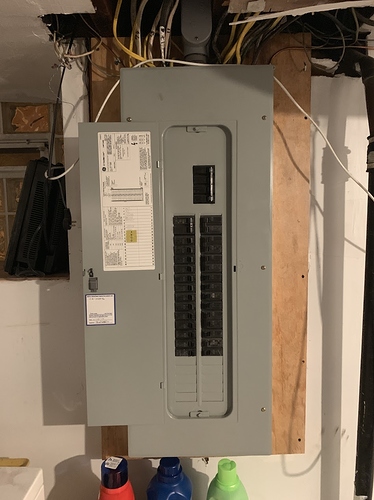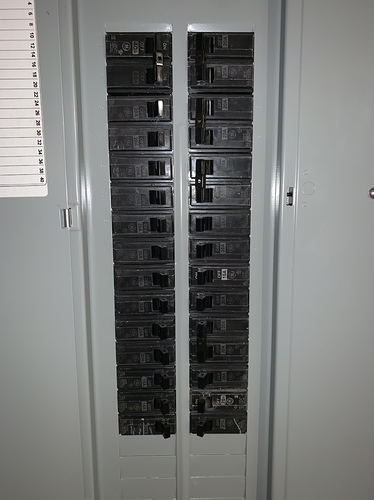Allen, I was in the same boat when I first started and I will say that your setup and shopping list looks good to me. If you want to collect everything, I would say go for it, and you will not find a better and well supported product than this one for that job.
I’m a data guy myself and to me more data is always better.  What makes things a bit more difficult is knowing or caring what might be on some of the 120v branch outlet/lighting circuits. I have many of my circuits in an older home that are for things like upstairs outlets or general lighting, but over time other type of things were connected to these circuits as well; ceiling fans. It would be nice if one circuit was dedicated to a room in the home, etc. Again, my being in an older home maybe they do break things up better in a newer install (your panel looks too clean and I would assume newer home).
What makes things a bit more difficult is knowing or caring what might be on some of the 120v branch outlet/lighting circuits. I have many of my circuits in an older home that are for things like upstairs outlets or general lighting, but over time other type of things were connected to these circuits as well; ceiling fans. It would be nice if one circuit was dedicated to a room in the home, etc. Again, my being in an older home maybe they do break things up better in a newer install (your panel looks too clean and I would assume newer home).
As you begin to monitor your circuits, you will notice many of your low load one are quite static or not heavy energy usage, so when you compare them to the mains they are really quite small. Things like lights, plugs, bathroom fans, and the like can be quite boring to map over long periods. Things get a bit more interesting when you can see heavy load circuits and the amount of energy they use. Pumps, motors, heating elements and the like (240v circuits) are quite interesting when compared to your overall energy usage. If you have a single IoTaWatt and have to be selective, this is where it makes sense to monitor the heavy load items which can more easily be determined and controlled from the smaller ones. I used to monitor my boiler (240v load) but it is an oil burner which uses electricity to start but once running, there is no energy being drawn. So, I could see it start when the heat or hot water went on, bit again this seemed rather static over time.
For me, the important data, which has changed a bit from then to now, has been the mains, my solar, and I also have a solar battery. I want to make sure I know what I generate with my panels, export/import from the grid, export/import from the battery and the other high load circuits which may impact these three key figures. In the summer I like to see my AC usage and if this is drawing from my solar (day) or battery (night) when I might instead turn it off or higher.
For me it is about things like my dryer, well pump, range, two sub-panels, solar, mains, and battery. From these I can often determine other usage in the home. My dish washer and small counter oven are simply on my 120v kitchen circuits, but when I subtract my main loads from my total usage, I can see when these items are on and drawing power. Much like a hairdryer or curling iron, etc.
Not that it would add too much, but also be aware that you will need to have the storage as well for all this data you will collect over time. I would be interested to see what other have to say. I’m just at 1 year with the IoTaWatt and I can say that over that period I have settled in on the Items I’m interested in and have a few open ports in the device, but not sure I really case to collect the data from my smaller circuits.


 What makes things a bit more difficult is knowing or caring what might be on some of the 120v branch outlet/lighting circuits. I have many of my circuits in an older home that are for things like upstairs outlets or general lighting, but over time other type of things were connected to these circuits as well; ceiling fans. It would be nice if one circuit was dedicated to a room in the home, etc. Again, my being in an older home maybe they do break things up better in a newer install (your panel looks too clean and I would assume newer home).
What makes things a bit more difficult is knowing or caring what might be on some of the 120v branch outlet/lighting circuits. I have many of my circuits in an older home that are for things like upstairs outlets or general lighting, but over time other type of things were connected to these circuits as well; ceiling fans. It would be nice if one circuit was dedicated to a room in the home, etc. Again, my being in an older home maybe they do break things up better in a newer install (your panel looks too clean and I would assume newer home).